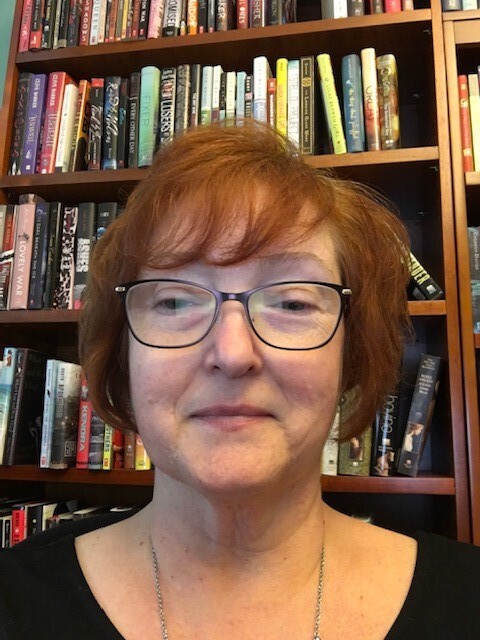So, how do we as teachers do this and include students.
First we have to ask students about what is a democracy and what freedom means within a democracy. I like to use this quote by Chris Crutcher to kick off that conversation.
Students can learn about intellectual freedom, read about the banned concepts laws in the state where they live (or nearby states), attend panels where lawyers and authors speak about their experiences as advocates, and the like. Students can also write letters to the school board asking for books to be un-banned and re-included in the curriculum or on library shelves. The possibilities are endless.
Encouraging students, who are interested, in becoming an advocate for this issue is a critical step. October 7th is Let Freedom Read Day and here are a list of actions that anyone can take if they have 5, 15, 30, or 60 minutes to take action and stand up for the right to read.
This week at Vanderbilt, we are opening a Banned Books Little Library as a silent protest or act of activism. The texts available in the library are all banned/challenged books. Our goal is to provide access to material that might be censored. Additionally, there is a QR code on the door of the library that takes interested individuals to resources about Celebrating the Freedom to Read. A second event is a panel open to the public with a public librarian, public policy officer, teacher, author, LGBTQ rights advocate.
What events are you planning? How are you advocating for the freedom to read?





 RSS Feed
RSS Feed